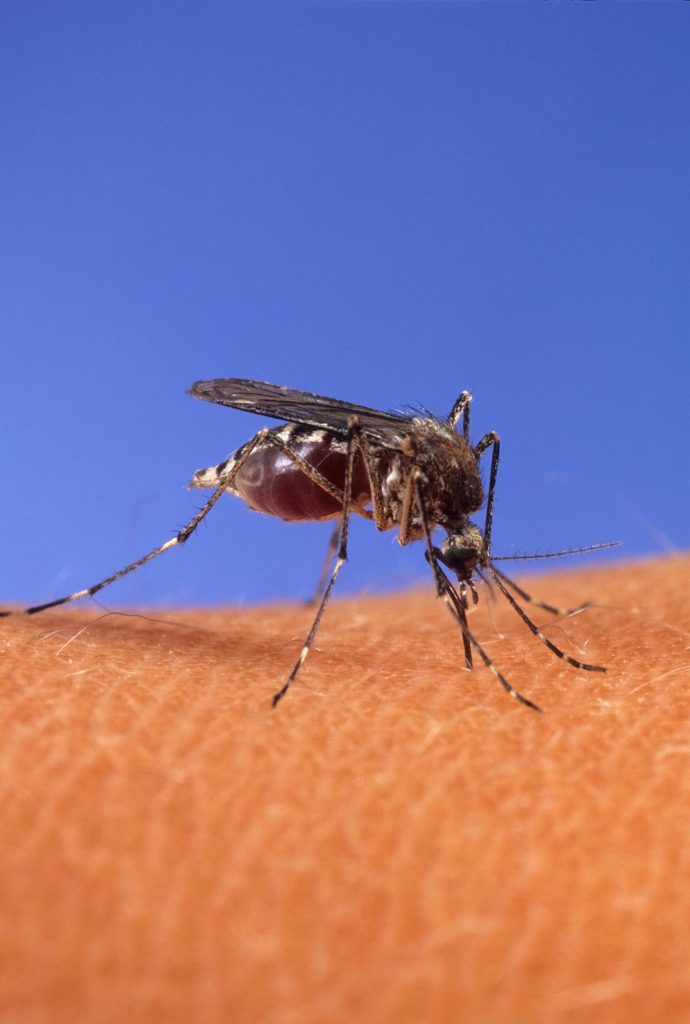After reporting the most dengue fever cases in years in 2016, the Sri Lankan Ministry of Health now reports a 58 percent increase in cases of the mosquito borne viral disease during the first two months of 2017, compared to the same period last year.
Through February, Sri Lanka has seen 17,663 dengue cases. During the first two months of 2016, 11,133 cases were reported.
The Colombo district has seen the most cases, a quarter of the total to date with 4,427. This followed by Gampaha (2,330), Galle (1,244) and Jaffna (1,034).
The dengue-related death toll since January stands at 24. In all 2016, 77 deaths were recorded.
Dengue is a viral infection transmitted by the bite of an infected mosquito. There are four closely related but antigenically different serotypes of the virus that can cause dengue (DEN1, DEN 2, DEN 3, DEN 4).
- Dengue Fever (DF) – marked by an onset of sudden high fever, severe headache, pain behind the eyes, and pain in muscles and joints. Some may also have a rash and varying degree of bleeding from various parts of the body (including nose, mouth and gums or skin bruising).Dengue has a wide spectrum of infection outcome (asymptomatic to symptomatic). Symptomatic illness can vary from dengue fever (DF) to the more serious dengue hemorrhagic fever (DHF).
- Dengue Hemorrhagic Fever (DHF) – is a more severe form, seen only in a small proportion of those infected. DHF is a stereotypic illness characterized by 3 phases; febrile phase with high continuous fever usually lasting for less than 7 days; critical phase (plasma leaking) lasting 1-2 days usually apparent when fever comes down, leading to shock if not detected and treated early; convalescence phase lasting 2-5 days with improvement of appetite, bradycardia (slow heart rate), convalescent rash (white patches in red background), often accompanied by generalized itching (more intense in palms and soles), and diuresis (increase urine output).
- Dengue Shock Syndrome (DSS) — Shock syndrome is a dangerous complication of dengue infection and is associated with high mortality. Severe dengue occurs as a result of secondary infection with a different virus serotype. Increased vascular permeability, together with myocardial dysfunction and dehydration, contribute to the development of shock, with resultant multiorgan failure.

Image/USDA


Is it safe to travel to Sri Lanka right now? we have a trip booked from July 28 to August 7 starting in Colombo then visiting Kandy and other sites in the West of the country including beach areas.
Please advise.
Sue
[email protected]
I would check with a travel medicine specialist in your area.
Thanks for reading,
Robert